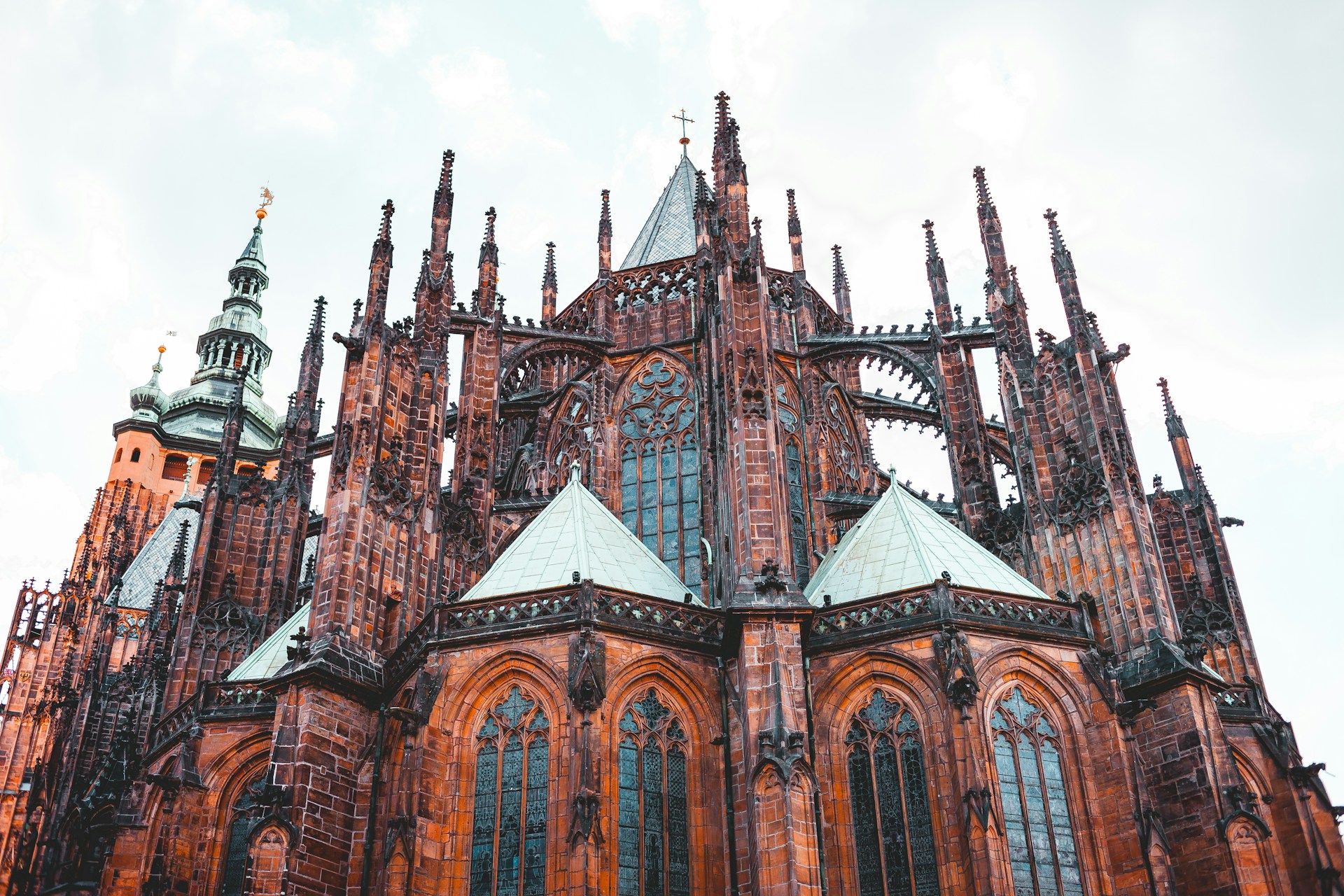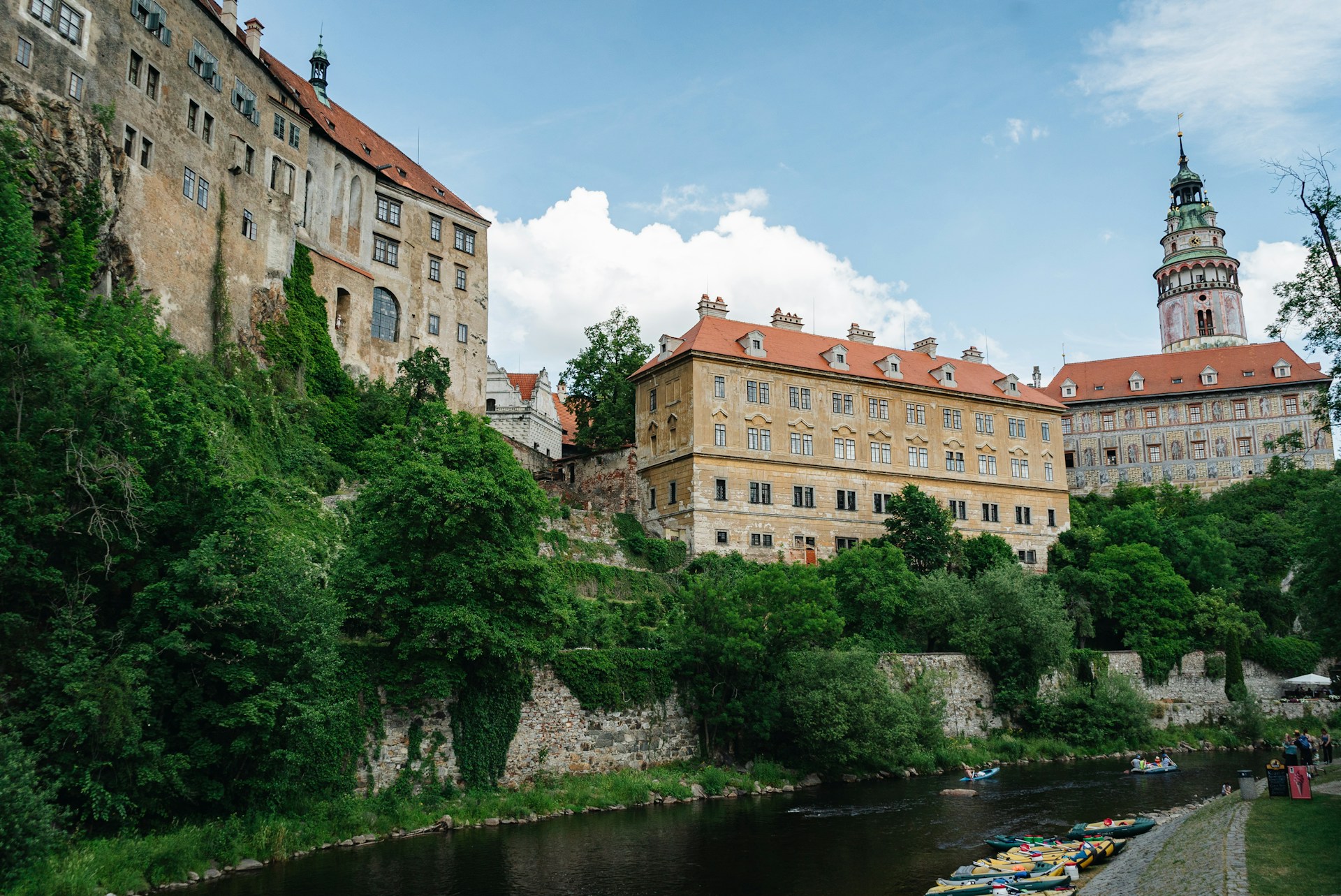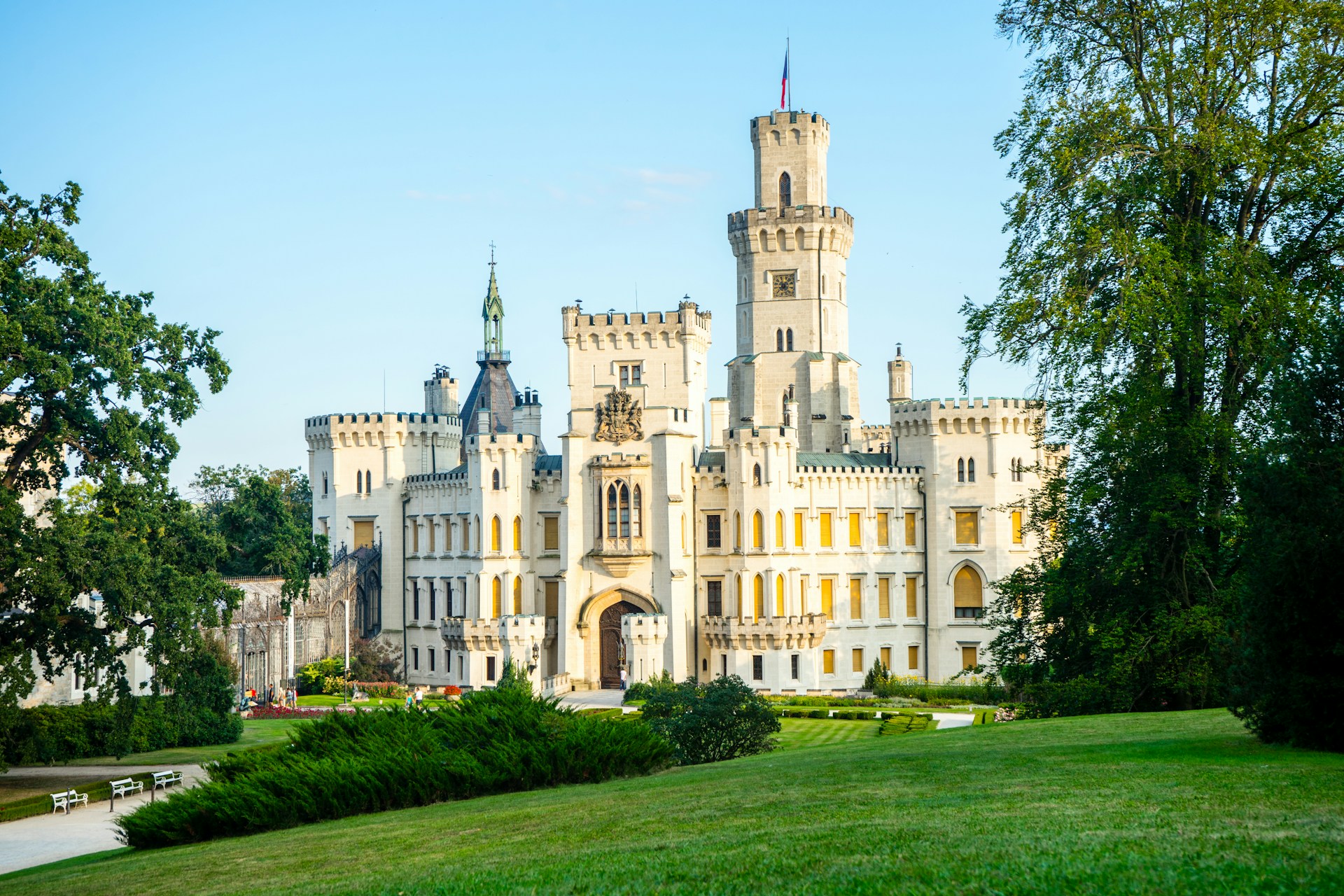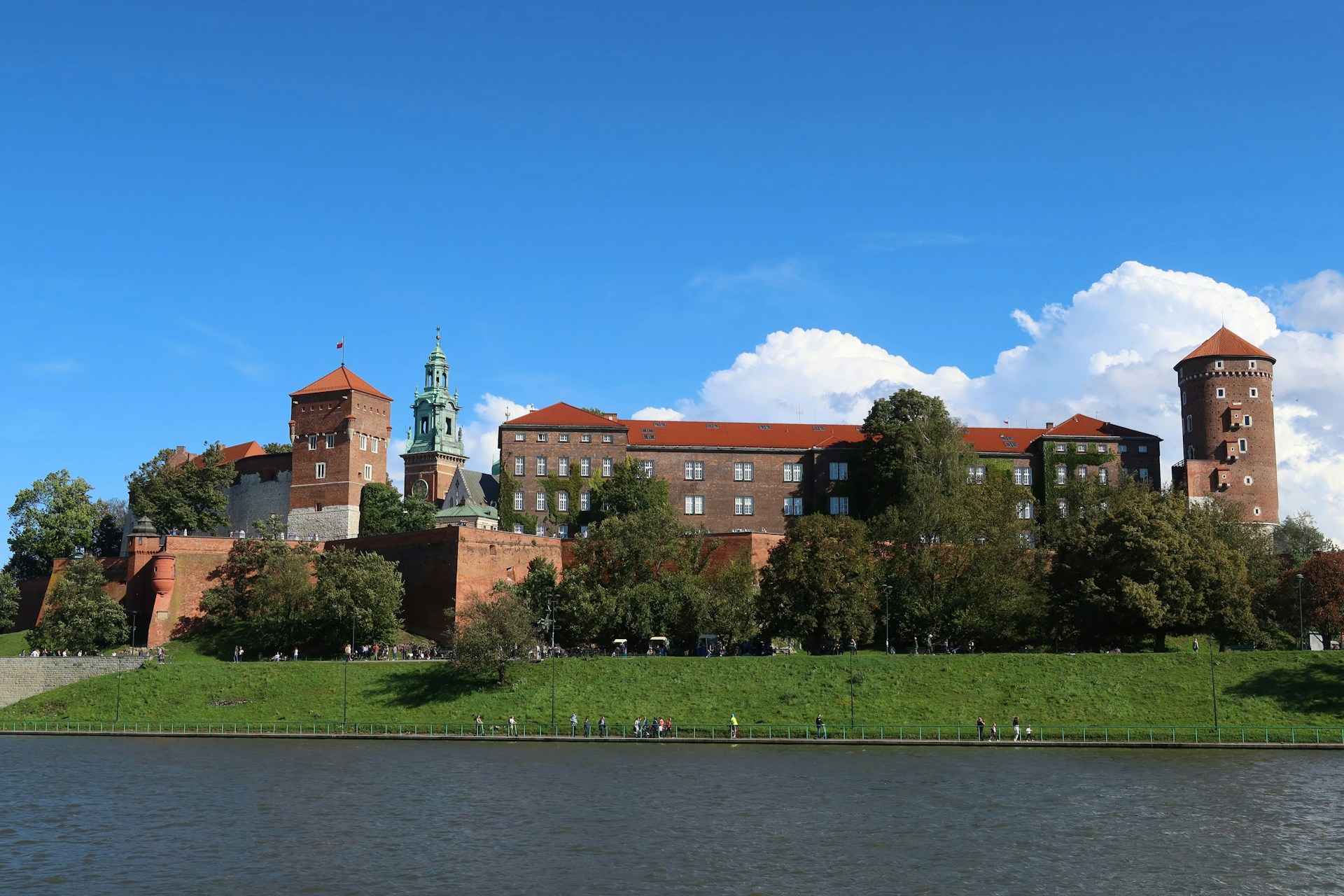Central Europe is full of historical landmarks, with its magnificent castles standing as testaments to the region's rich past. From the grandeur of Germany's Bavarian palaces to the medieval fortresses of the Czech Republic, each castle tells a story of power, intrigue, and architectural innovation. Let's look at six of Central Europe's most captivating castles.
Table of Contents
Central European Castles
1. Prague Castle

Prague Castle, in the heart of the Czech Republic's capital, stands as a monument of the country's storied past. Recognized as the world's largest ancient castle (at roughly 7.5 million square feet or 70,000 square meters) by the Guinness Book of World Records, this sprawling complex has been the epicenter of Czech governance and culture for centuries. Prague Castle contributes to the Historic Centre of Prague's recognition as a UNESCO World Heritage Site.
Within its expansive grounds lie the awe-inspiring Gothic St. Vitus Cathedral, the historic Old Royal Palace, and the quaint, colorful alleyway known as Golden Lane. Visitors are often captivated by the ceremonial elegance of the changing of the guard, a tradition that offers a window into Prague Castle's ceremonial past.
Tip: It's easy to travel by train from Berlin to Prague, where you can explore this castle and city in depth.
2. Neuschwanstein Castle, Germany

Neuschwanstein Castle is a fairy-tale vision brought to life in the Bavarian Alps. Commissioned by King Ludwig II of Bavaria in the 19th century, this castle is the epitome of Romantic architecture, with its soaring turrets and intricate facades.
A visit to Neuschwanstein offers a glimpse into the king's imaginative world, with opulent interiors that include the Throne Room and the Singers' Hall. While in the region, consider taking the train from Munich to Vienna to explore some of Austria's architectural wonders, such as Schonbrunn Palace.
3. Hohensalzburg Fortress, Austria

Perched atop Festungsberg Hill, Hohensalzburg Fortress dominates Salzburg's skyline. This formidable structure, one of the largest medieval castles in Europe, dates back to 1077.
A tour of the fortress reveals a blend of Gothic, Romanesque, and Baroque architectural styles, as well as panoramic views of the city and the Alps. The castle's chambers, including the Golden Hall and the Bedchamber, are adorned with ornate decorations and historical artifacts.
4. Cesky Krumlov Castle, Czech Republic

Situated in the picturesque town of Cesky Krumlov in the south of the Czech Republic, this castle complex is a UNESCO World Heritage Site and one of the country's most visited attractions. The castle's architecture is a mix of Gothic, Renaissance, and Baroque styles, reflecting its long history of construction and renovation.
Highlights include the Baroque theater, complete with original stage machinery, and the castle gardens, which offer a tranquil escape with their manicured lawns and sculpted hedges.
5. Hluboka Castle, Czech Republic

Not far from Cesky Krumlov, Hluboka Castle is a romantic 19th-century chateau inspired by England's Windsor Castle. Its white neo-Gothic facades and opulent interiors, including the Knight's Hall and the private apartments of the Schwarzenberg family, make it one of the Czech Republic's most beautiful castles.
6. Wawel Castle, Poland

Located in Krakow, Wawel Castle is a symbol of Polish national identity. The castle complex includes a royal residence, a cathedral, and several museums. Visitors can explore the State Rooms, Royal Private Apartments, and the Crown Treasury and Armory, which houses an impressive collection of jewels, weapons, and armor. Wawel Castle's architecture reflects a blend of Renaissance, Gothic, and Romanesque styles, making it a must-visit in Poland for history and art enthusiasts.
Wrapping Up
In conclusion, Central European castles are not just stone and mortar but the keepers of history, art, and culture. From the expansive grounds of Prague Castle to the fairy-tale beauty of Neuschwanstein and the historical significance of Wawel Castle, each fortress has its own unique story to tell.
These architectural marvels are a testament to the region's past and continue to captivate visitors with their grandeur and historical intrigue. Whether you're a history buff, architecture enthusiast, or simply searching for breathtaking views, Central Europe's castles will enchant and inspire.
_____
This story is brought to you in partnership with Rail Ninja.
Being a digital marketing and SMM specialist at Firebird Tours, Alisa works on creating advertising content for various vacation destinations in Europe, North Africa and America. She loves to make travel videos, visit places of myths and legends, and try unusual dishes of national cuisine. Thanks to her rich tourist experience, she knows many subtleties of the region and gladly shares her experience.
Planning a trip? Go Backpacking recommends:
- G Adventures for small group tours.
- Hostelworld for booking hostels.
